 Japan has long had a reputation for being an impossibly expensive destination, but it's about time we busted that myth. Charlie Gaisford travelled to Japan right at the start of 2020 and was surprised at how far his Japanese yen took him. With the exchange rate now better for UK travellers than it has been in years, here are Charlie's tips and recommendations for backpackers or just people looking to get an introductory slice of Japan whilst on a budget!
Japan has long had a reputation for being an impossibly expensive destination, but it's about time we busted that myth. Charlie Gaisford travelled to Japan right at the start of 2020 and was surprised at how far his Japanese yen took him. With the exchange rate now better for UK travellers than it has been in years, here are Charlie's tips and recommendations for backpackers or just people looking to get an introductory slice of Japan whilst on a budget!
‘Backpacking’ and Japan aren’t two words that are commonly used in the same sentence. Despite this, I am going to explain that there’s no reason why you can’t have an incredible trip to Japan on a budget. In March, my girlfriend Rosie and I landed in Tokyo, just as the beautiful cherry blossom was coming into bloom. It was the last leg of our gap year travels, following a four month working holiday in Australia and a month long tour through Vietnam. Despite incredible experiences already, we immediately fell in love with Japan, and were devastated when our trip was cut short by the coronavirus crisis after just two weeks. We can’t wait to get back as soon as possible - and here’s why:
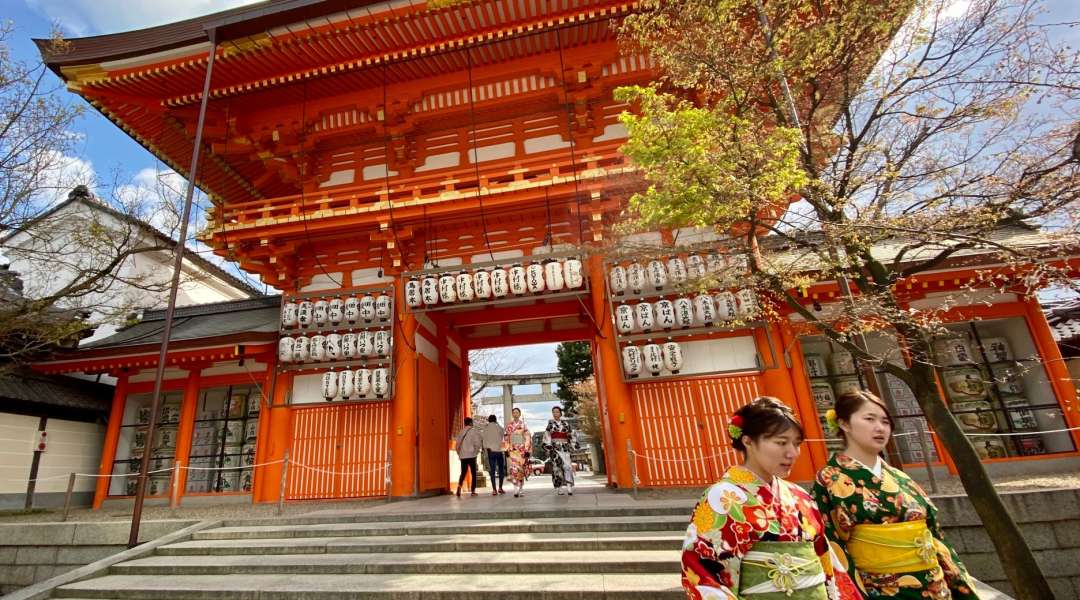 FOOD
FOODLet’s talk about food, after all Japanese cuisine is amongst the best in the world. High quality, cheap food is everywhere in Japan, you just need to know where to look. For budget travelling it’s important to take advantage of the brilliant convenience stores such as 7/11 or Lawson where great breakfast and lunch can be sought. Japan's one stop shops stock a variety of delicious fresh food, including Bento Boxes, Sushi, and even Mochi. Lunch bought from a Mini Mart will set you back no more than ¥500 (about £3.50) While eating from the convenience stores is great, it’s important you eat out and enjoy the delights of Japanese hospitality. What better way to dive into Japan’s food culture than visiting a traditional ramen restaurant? There are over 10,000 ramen shops in Japan, serving delicious noodle/soup dishes, so its important you locate the best. Using Tripadvisor you can find great value and highly rated options on almost every corner. I can recommend Hakata Furyu in Akihabara (Tokyo) and Sakunosaku in Osaka.
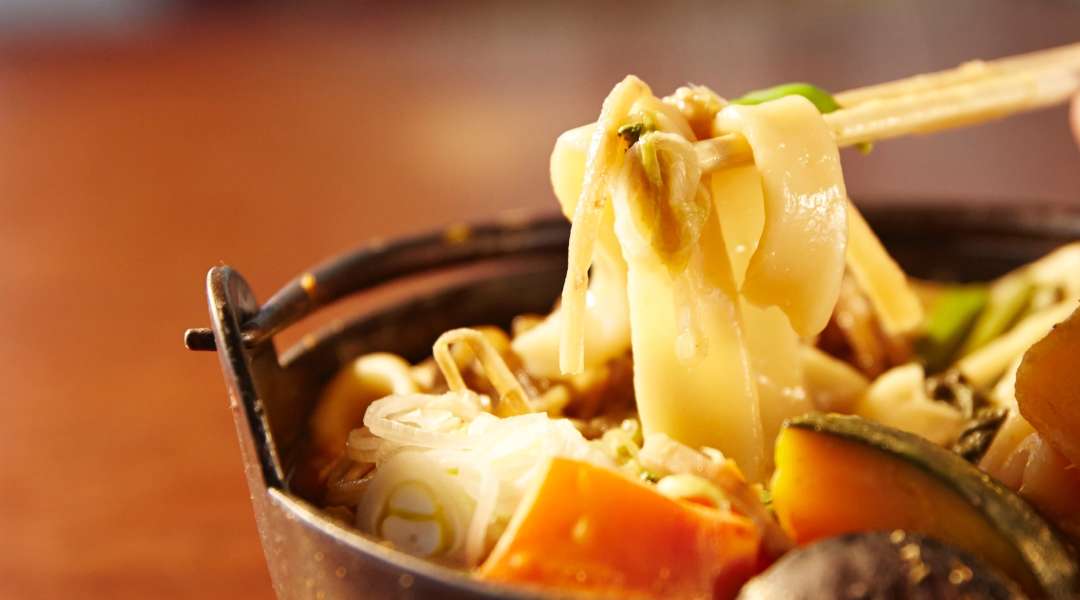 For good quality ramen expect to pay between ¥500- 800 (about £3.50-£6) per bowl. Cheaper ramen can be found at chain stores like Yoshinoya where noodles start at ¥400 (about £3), however I found huge joy in discovering small, local gems where the quality and atmosphere made it worth paying just a little more.
For good quality ramen expect to pay between ¥500- 800 (about £3.50-£6) per bowl. Cheaper ramen can be found at chain stores like Yoshinoya where noodles start at ¥400 (about £3), however I found huge joy in discovering small, local gems where the quality and atmosphere made it worth paying just a little more.‘Sushi trains’ are also a popular way to eat out on a budget. One of the most popular restaurants is ‘Genki Sushi’ ideally located just off the Shibuya crossing in Tokyo. Delicate plates of sushi are delivered by railroads looping around the restaurant at high speed. Most plates of sushi start at about ¥120 (about £1) but don’t be deceived by the low price - it is delicious! At Genki they also serve cheap cocktails and glasses of the house wine from ¥100 (about 70p) . It was possible to start with miso soup, have three plates of sushi and a glass of wine for less than ¥600 (about £4.50)
On a final note, in Japan it’s easy to find a whole host of cheap western food from American to Italian. But really, are you going to fly across the world to eat McDonalds? One of the most rewarding parts of our trip was getting out there and discovering why Japanese cuisine is so special.
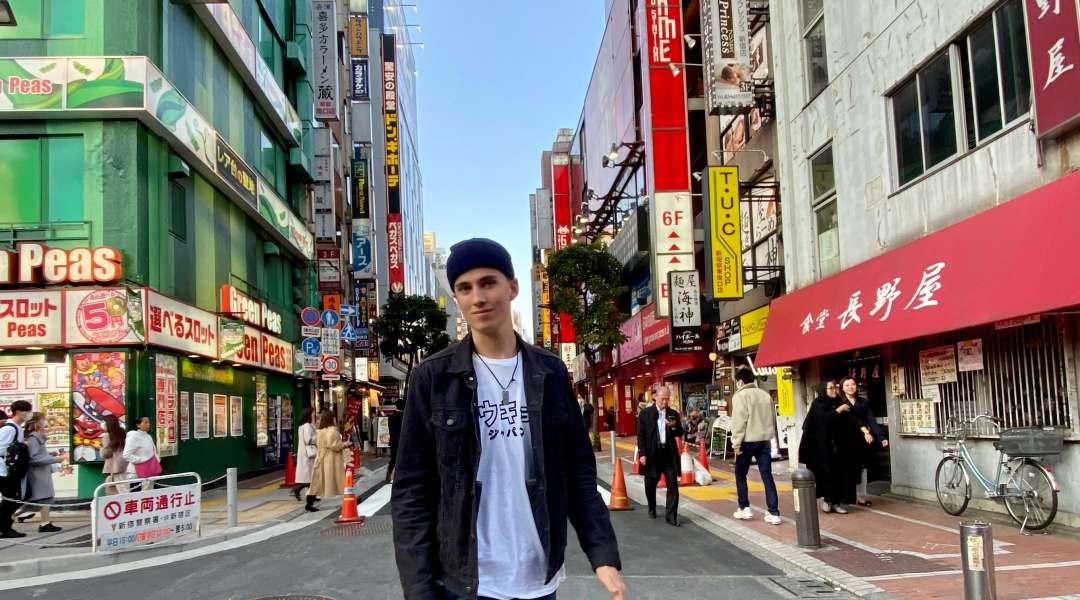 ACCOMMODATION
ACCOMMODATIONHostels and economy hotels are the cheapest way of staying in Japan. They provide a high level of cleanliness and a surprising amount of comfort. In Tokyo we spent five nights in the brilliant “&AND” hostel in Minamisenju. Depending on the time of year you visit expect to pay from as little as ¥3000 a night to ¥6000 a night, about £25-£45, for a compact double room in a hostel (per room). The cheapest way to stay in Tokyo is in a dormitory where prices can be as low as ¥1500 per night per person (about £10).
It is important to make sure that your accommodation is located in an accessible location near a metro or even better within walking distance of major tourist sights. In Tokyo the area of Asakusa is a great place to base yourself. It is within a stones throw of the beautiful Senso-ji Temple and the Tokyo Skytree. It is detached from the main areas of Shinjuku and Shibuya, meaning prices are lower, but rail links guarantee it takes no more than 20 minutes to get amongst the inner city action!
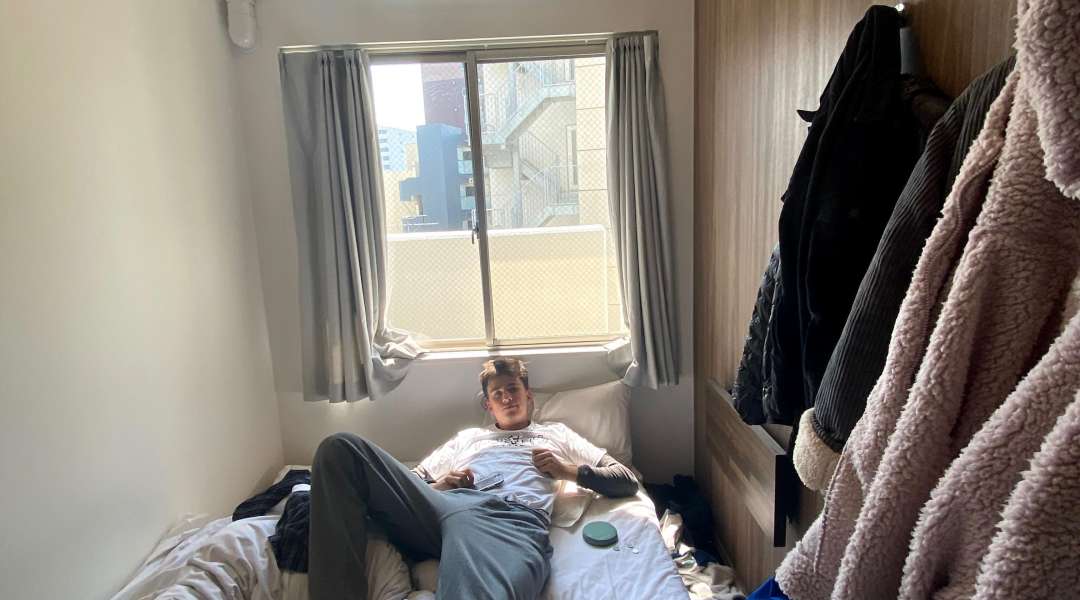 In Osaka, accommodation is even cheaper than Tokyo for backpackers. I can recommend the exciting areas of Dontonburi or Namba. The neon streets are packed with bright bars and an incredible street food offering. These tasty eats please both appetites and budgets. It is possible to find single bunks in dormitories for not much more than ¥1000 (about £7) per person per night.
In Osaka, accommodation is even cheaper than Tokyo for backpackers. I can recommend the exciting areas of Dontonburi or Namba. The neon streets are packed with bright bars and an incredible street food offering. These tasty eats please both appetites and budgets. It is possible to find single bunks in dormitories for not much more than ¥1000 (about £7) per person per night.Kyoto has an equally impressive choice of high quality budget accommodation. Basing your self around the main station area, places you well, to walk into the famed Higashiyama district. In Kyoto you could stay at ‘K’s House Kyoto’ where rates start from around ¥1000 (about £7) per person per night.
While visiting Mount Fuji there are a number of towns you can stay in to access the mountain. I picked Fujikawaguchiko as it had regular bus links to Tokyo and was relatively close (just over 2 hours) to Japans capital. In Fujikawaguchiko I highly recommend staying at ‘K House Fuji View”. This comfortable hostel boasts the most incredible views over Fuji. They also offer double pod style rooms for couples in dormitories which is great. Prices are a little higher around Mount Fuji, but not extortionate, with a single ‘pod’ starting from about ¥2000 (about £14) per person per night.
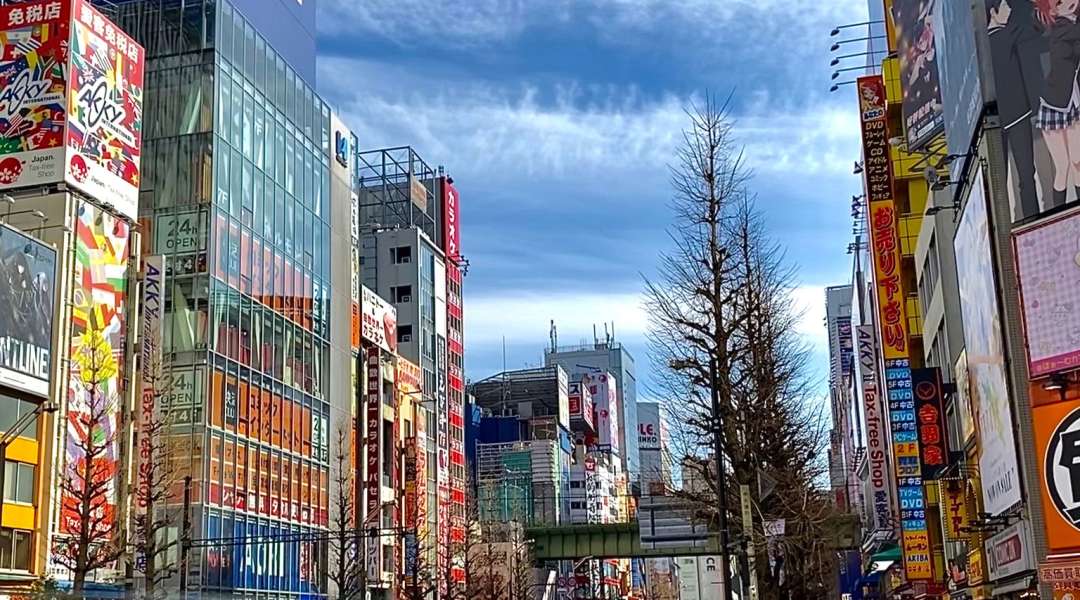
TRAVEL
Before going to Japan my plan had been to purchase the 7 day JR rail pass. Doing further research, I ended up not buying it, and here’s why. Although the JR pass, if used correctly, can be good value, it's also possible to waste a lot of cash if your trip doesn’t cover enough miles to make it pay. The JR pass is about ¥30,000 (about £220) and allows you to travel freely across Japan with unlimited journeys by rail for 7 days.
If you know your trip is taking you from Tokyo to Osaka or Kyoto you could travel for a much cheaper price. One of the ways to avoid paying for the JR pass is taking a short internal flight. I flew with Japan Airlines from Tokyo Haneda to Osaka Itami. This cost about ¥9,000 (about £65) . From the airport we took a local train to Kyoto for ¥500 (about £3.50).
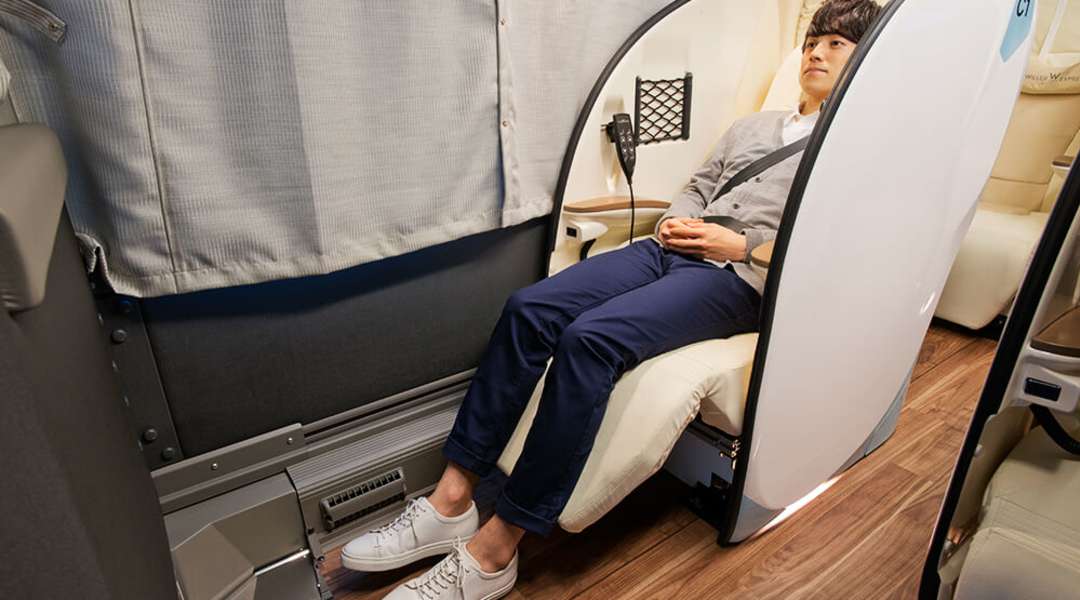 © Willer, Inc.
Another budget friendly way of getting from Tokyo to Osaka is the sleeper bus. The highway bus runs frequently and costs about ¥7,000 (about £50). The major advantage of taking the bus is you can save on a night's accommodation by sleeping in the surprisingly comfortable bed-seats.
© Willer, Inc.
Another budget friendly way of getting from Tokyo to Osaka is the sleeper bus. The highway bus runs frequently and costs about ¥7,000 (about £50). The major advantage of taking the bus is you can save on a night's accommodation by sleeping in the surprisingly comfortable bed-seats.The wider Osaka area is known as “Kansai” and, like Japan as a whole, is extremely well connected by brilliantly punctual local trains. Once there, it is possible to buy the JR Kansai Area Pass which gives unlimited travel from Osaka to local cities popular with tourists such as Nara, Kyoto and Kobe. It costs ¥2300 per day (about £17). This can be used advantageously if multiple cities are visited in a single 24 hour period. There are also a number of other cheaper regional train passes available for different parts of Japan.
Travelling to Mount Fuji can also be achieved without the JR rail pass. Take the express bus bound for Lake Kawaguchi from Shibuya. It runs multiple times a day and takes about 2 hours. Tickets cost just over ¥4000 (about £30) for a return.
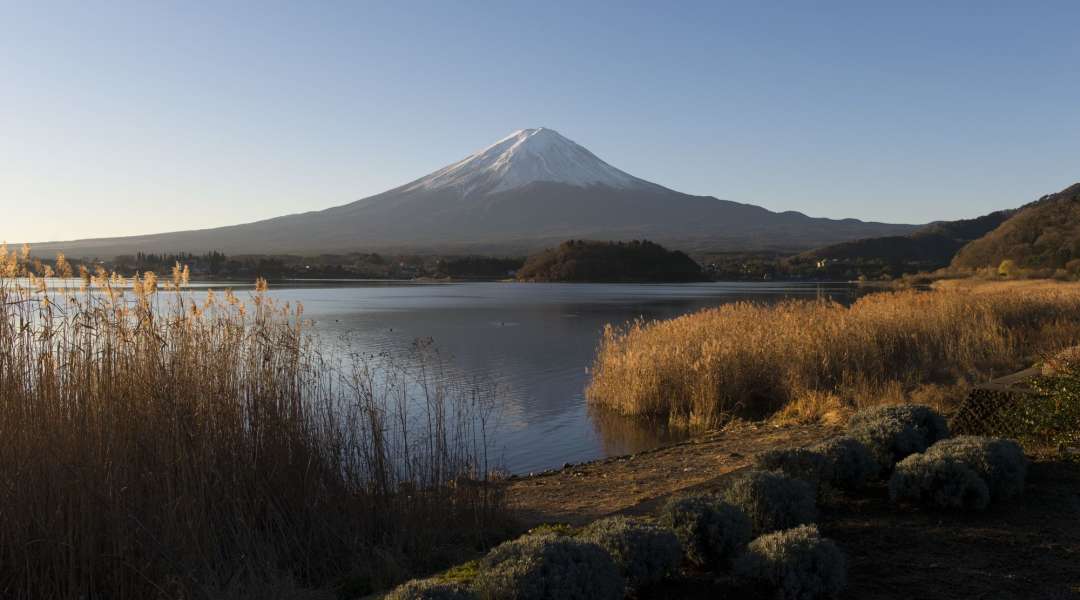 Getting an IC (or equivalent) card is very important for travelling within the cities of Japan. Much like an Oyster card in London, it allows you to tap on and off of city transport including buses and trains. Travel within the cities is surprisingly cheap in comparison to London. It is hard to say how much you will spend per day on inner city transport but as a general rule of thumb expect to pay around ¥300 (about £2.50) per trip.
Getting an IC (or equivalent) card is very important for travelling within the cities of Japan. Much like an Oyster card in London, it allows you to tap on and off of city transport including buses and trains. Travel within the cities is surprisingly cheap in comparison to London. It is hard to say how much you will spend per day on inner city transport but as a general rule of thumb expect to pay around ¥300 (about £2.50) per trip.For the purposes of my trip to Tokyo, Mount Fuji and the Kansai region I cut down my travel costs to about half the price of the ¥30,000 JR pass. However, this isn’t to say the JR pass can’t be a brilliant addition to a trip to Japan. If you are covering more miles you can certainly make it pay. For example a one way ticket to Fukoka from Tokyo costs ¥23,000 (about £170). In one Shinkansen journey you can almost spend the entire cost of the JR pass. When I go back to Japan I aim to travel further afield from Tokyo so will definitely buy the JR pass.
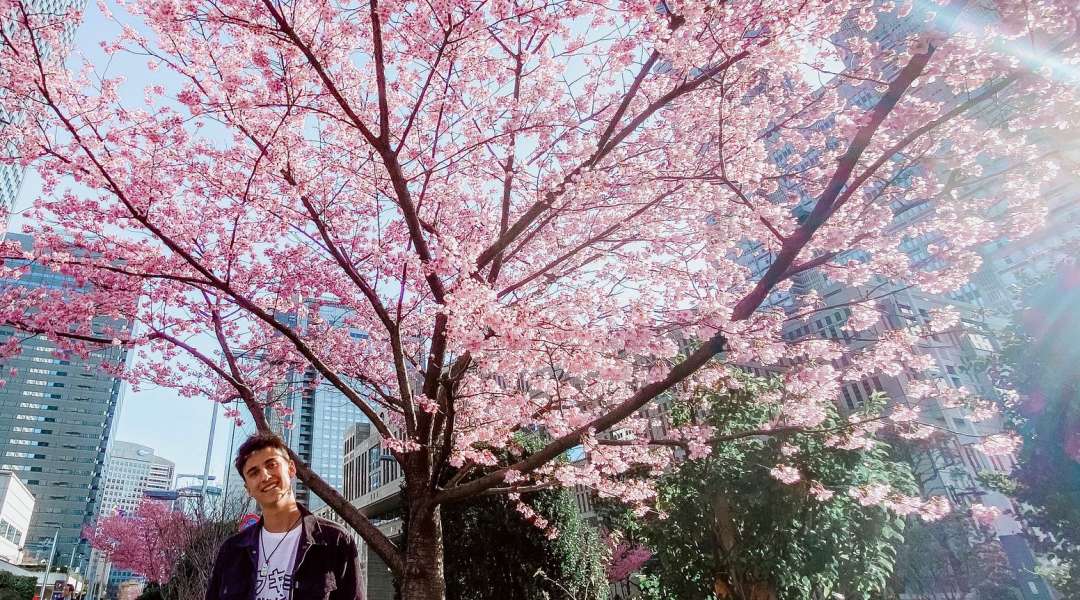
EXPERIENCES
Contrary to popular belief, you don’t need to spend a fortune to enjoy some incredible experiences in Japan. I spent 5 nights in Tokyo and enjoyed a variety of free attractions. All of the major temples have public access. The enchanting Meiji shrine is magical and a short walk from bustling Shibuya. Wide paths meander through the forest to the shrine where the peace and tranquility make it easy to forget you're standing amongst the world’s most populated city. In Tokyo it is also possible to visit the Government Metropolitan building in Shinjuku. The free observation deck offers commanding views across the city and even towards Mount Fuji.
If you are lucky enough to be in Japan during cherry blossom season then seeing the ‘sakura’ is the best way to spend a day. In Tokyo visit Ueno Park, the Meguro River and Yoyogi Park for some of the most beautiful spots. On a clear day the pink and white flowers look particularly stunning against a bright blue sky. Entrance to the parks are all free but try to visit early in the morning to avoid large crowds.
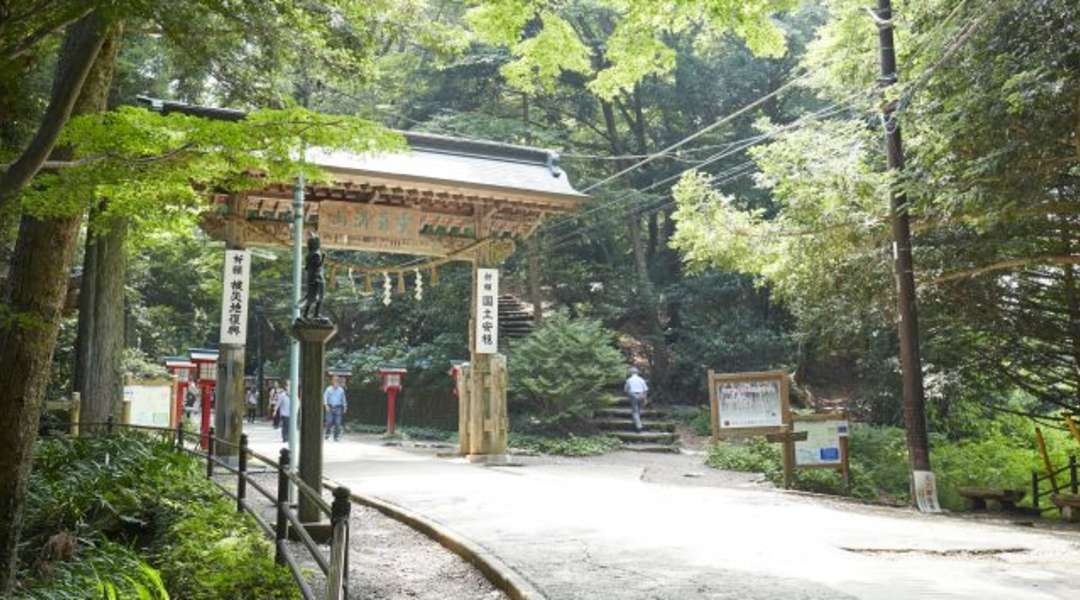 Shopping in Japan can also be great value. Tourists get 10% VAT off purchases of ¥5,000 or more. All you need to do is present your foreign passport at checkout. Tokyo has no shortage of great places to find trendy clothes, technology and souvenirs. For cheap electronics head to the Akihabara electric town. I bought a new iPhone for about 30% cheaper than the cost in the UK.
Shopping in Japan can also be great value. Tourists get 10% VAT off purchases of ¥5,000 or more. All you need to do is present your foreign passport at checkout. Tokyo has no shortage of great places to find trendy clothes, technology and souvenirs. For cheap electronics head to the Akihabara electric town. I bought a new iPhone for about 30% cheaper than the cost in the UK.Tokyo’s most fashionable shopping street, ‘Takeshita Street’ in Harajuku, is a great place to find unique vintage clothes. You can spend hours browsing shops and eventually end up in Shibuya where there are endless dining options. If you want to buy cheap souvenirs such as stationery head for a ‘Daiso' store where most items are priced at just ¥100 (about 70p).
Tokyo also offers a wide range of paid attractions as well, which can be expensive but are certainly incredible and unique. Due to COVID-19 many of the attractions were temporarily closed at the time but I would have loved to visit Disneyland, Tokyo Skytree, Tokyo Tower and TeamLab Planets. These attractions have also now reopened.
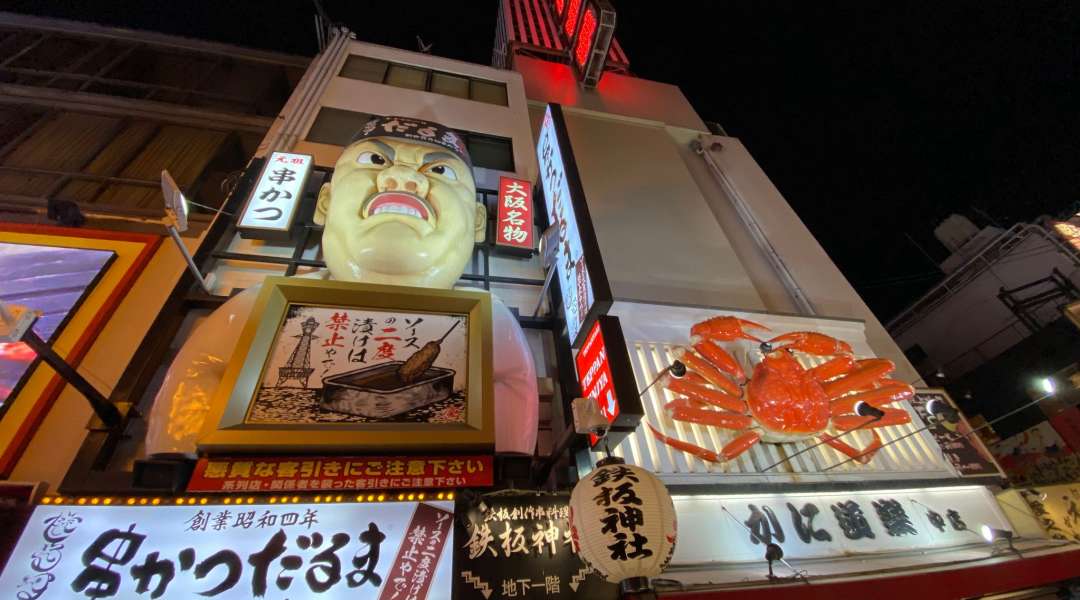 The budget friendly experiences don’t stop outside of Tokyo. In Kyoto most of the major tourist sites are free. You can walk to the Higashiyama district, where small streets lead up to beautiful temples and the stunning Yasaka pagoda. A visit to Kyoto wouldn’t be complete without seeing Arashiyama, Kyoto's most famous (and Instagramable) Bamboo Grove. Fushami Inari Shrine lies just outside the centre of Kyoto. Over 10,000 red Toril gates wind up Mt. Inariyama, where you can walk for hours amongst the captivating gardens.
The budget friendly experiences don’t stop outside of Tokyo. In Kyoto most of the major tourist sites are free. You can walk to the Higashiyama district, where small streets lead up to beautiful temples and the stunning Yasaka pagoda. A visit to Kyoto wouldn’t be complete without seeing Arashiyama, Kyoto's most famous (and Instagramable) Bamboo Grove. Fushami Inari Shrine lies just outside the centre of Kyoto. Over 10,000 red Toril gates wind up Mt. Inariyama, where you can walk for hours amongst the captivating gardens.Around Mount Fuji I can highly recommend hiring bicycles. We hired them from our hostel for ¥120 (about £1) per hour. This meant we could get around Lake Kawaguchi taking in the natural beauty of the area. We also used them to cycle to the Chureito Pagoda. This is one of Japan's most beautiful religious sites. It perches on a steep hillside with the most breathtaking views of Mount Fuji. When I return to Japan I plan to climb Mount Fuji by taking the bus to Kawaguchi-ko 5th station and hike the rest of the way up. It costs about ¥2000 (about £14) for a return ticket.
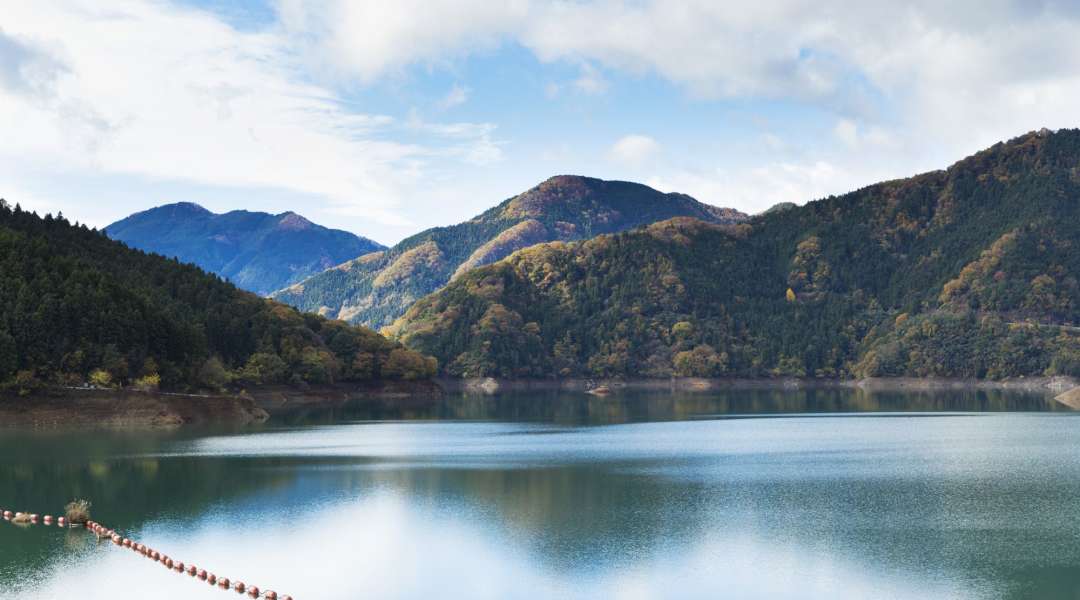 As you may by now have guessed, I love Japan. I hope that this article has helped to disband any idea that Japan is ‘too expensive’ for backpackers and people on a budget. The sensational cultural experiences, extraordinary food and wonderful people mean that Japan must be on the top of any backpackers list of places to visit.
ADD IN AN OFF-THE-BEATEN TRACK DETOUR
First-timers to Japan will always want to see the big sights but once you have them checked off, nothing rounds off a holiday like a trip out into real Japan. Here are a couple of options:
- The Japan Alps (from Tokyo or Kyoto) for Matsumoto Castle, the mountains of Kamikochi and the pretty preserved townscapes and gardens of Kanazawa
- Niigata & Sado Island (from Tokyo) for geisha performances, historical residences, sake baths, taiko drumming and retro wooden fishing villages
- The Setouchi Art Islands (from Kyoto or Osaka) for Naoshima's famous pumpkins, boutique art stays on Teshima island, Takamatsu's Ritsurin Gardens and the Shimanami Kaido suspension bridge cycle route
- The Izu Peninsula (from Tokyo) for bamboo groves, dramatic rockfaces, coastal hikes, white sandy beaches and the freshest wasabi around
- The Aizu Region (from Tokyo) where scenic railway lines, samurai heritage, multi-coloured lakes and traditional crafts abound [below]
As you may by now have guessed, I love Japan. I hope that this article has helped to disband any idea that Japan is ‘too expensive’ for backpackers and people on a budget. The sensational cultural experiences, extraordinary food and wonderful people mean that Japan must be on the top of any backpackers list of places to visit.
ADD IN AN OFF-THE-BEATEN TRACK DETOUR
First-timers to Japan will always want to see the big sights but once you have them checked off, nothing rounds off a holiday like a trip out into real Japan. Here are a couple of options:
- The Japan Alps (from Tokyo or Kyoto) for Matsumoto Castle, the mountains of Kamikochi and the pretty preserved townscapes and gardens of Kanazawa
- Niigata & Sado Island (from Tokyo) for geisha performances, historical residences, sake baths, taiko drumming and retro wooden fishing villages
- The Setouchi Art Islands (from Kyoto or Osaka) for Naoshima's famous pumpkins, boutique art stays on Teshima island, Takamatsu's Ritsurin Gardens and the Shimanami Kaido suspension bridge cycle route
- The Izu Peninsula (from Tokyo) for bamboo groves, dramatic rockfaces, coastal hikes, white sandy beaches and the freshest wasabi around
- The Aizu Region (from Tokyo) where scenic railway lines, samurai heritage, multi-coloured lakes and traditional crafts abound [below]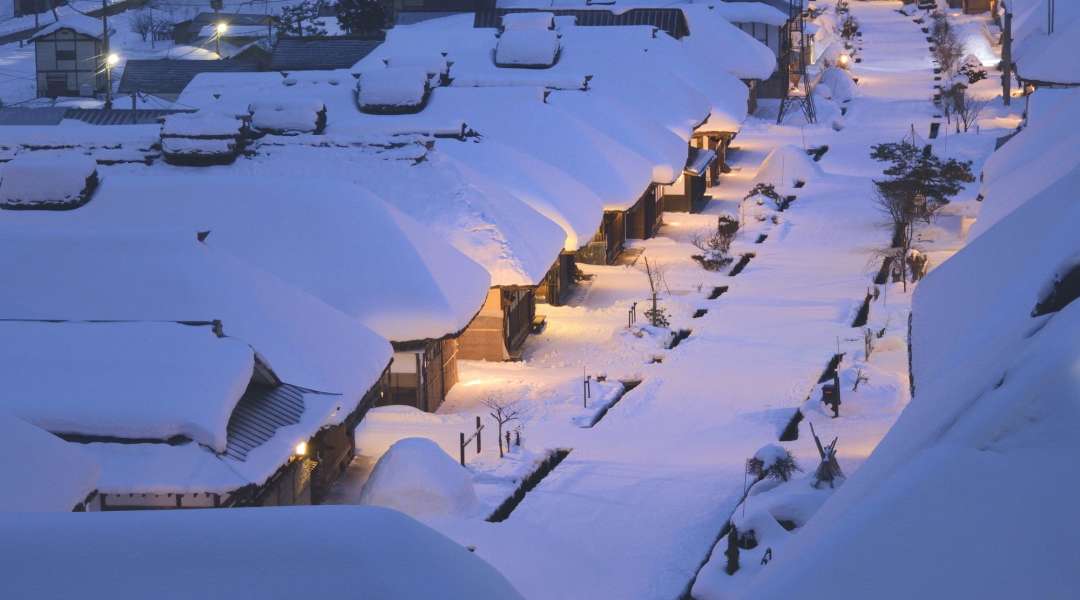 For more of his thoughts, you can follow Charlie on Twitter @charliegaisford.
If you'd like to know more about how to keep costs down this autumn, check out our specific guide to budget autumn travel here.
Otherwise, have a peruse of our general advice for budget travellers planning a trip to Japan, here.
For more of his thoughts, you can follow Charlie on Twitter @charliegaisford.
If you'd like to know more about how to keep costs down this autumn, check out our specific guide to budget autumn travel here.
Otherwise, have a peruse of our general advice for budget travellers planning a trip to Japan, here.

















































